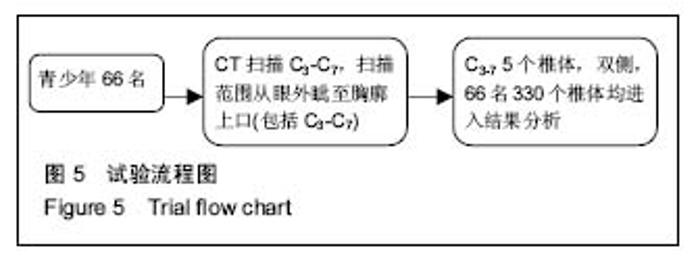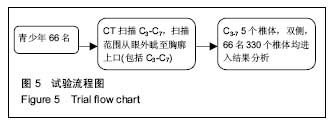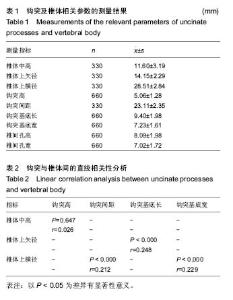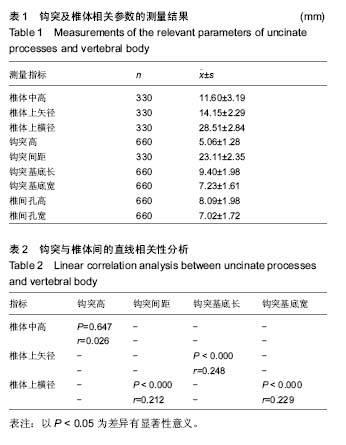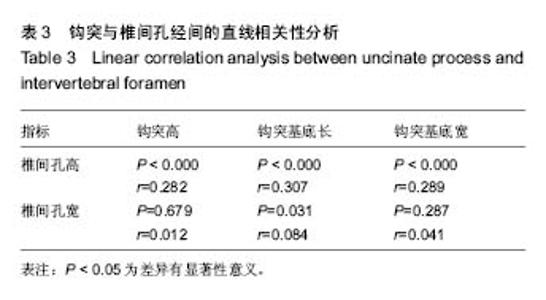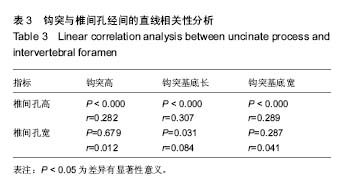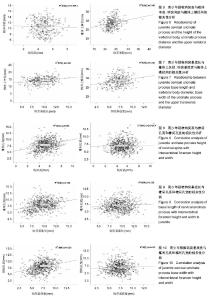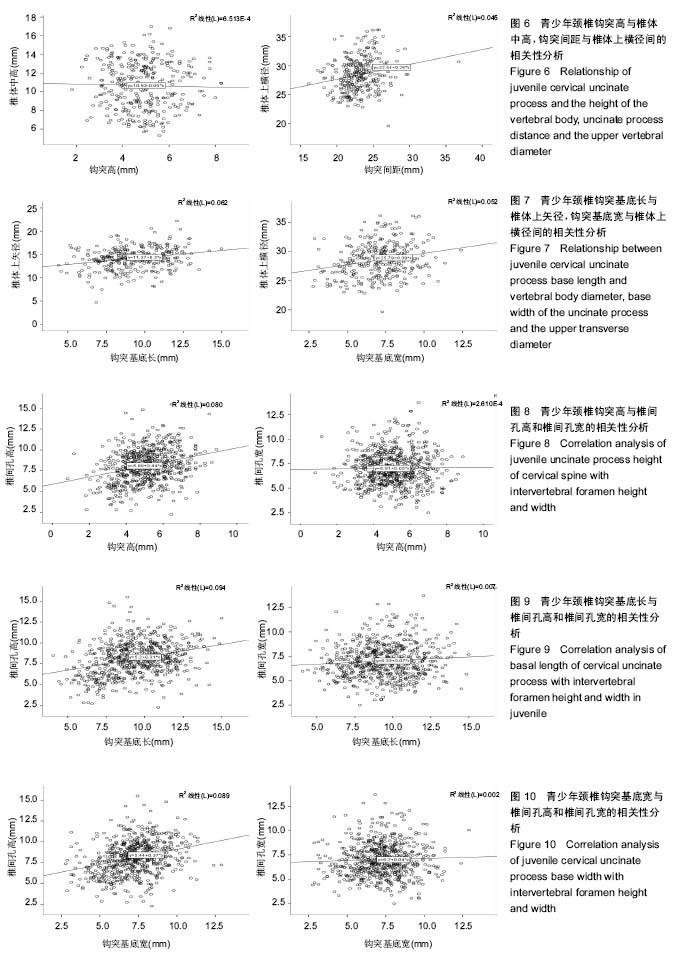| [1] Brismée JM, Sizer PS Jr, Dedrick GS, et al. Immunohistochemical and histological study of human uncovertebral joints: a preliminary investigation. Spine (Phila Pa 1976). 2009;34(12):1257-1263.[2] Tubbs RS, Vahedi P, Loukas M, et al. Hubert von Luschka (1820-1875): his life, discoveries, and contributions to our understanding of the nervous system. J Neurosurg. 2011; 114(1):268-272.[3] Snyder JT, Tzermiadianos MN, Ghanayem AJ, et al. Effect of uncovertebral joint excision on the motion response of the cervical spine after total disc replacement. Spine (Phila Pa 1976). 2007;32(26):2965-2969.[4] Yoganandan N, Kumaresan S, Pintar FA. Biomechanics of the cervical spine Part 2. Cervical spine soft tissue responses and biomechanical modeling. Clin Biomech (Bristol, Avon). 2001; 16(1):1-27.[5] Prescher A.Anatomy and pathology of the aging spine. Eur J Radiol. 1998;27(3):181-195.[6] Dvorak J, Sutter M, Herdmann J. Cervical myelopathy: clinical and neurophysiological evaluation. Eur Spine J. 2003;12 Suppl 2:S181-187.[7] Civelek E, Kiris T, Hepgul K, et al. Anterolateral approach to the cervical spine: major anatomical structures and landmarks. Technical note. J Neurosurg Spine. 2007;7(6):669-678.[8] Choi JM, Hong HJ, Chang SK, et al. Cerebellar infarction originating from vertebral artery stenosis caused by a hypertrophied uncovertebral joint. J Stroke Cerebrovasc Dis. 2012;21(8):908.e7-9.[9] 曲超法,王延琳,吴景文,等.Luschka关节对下颈椎稳定性影响的生物力学实验研究[J].中国医药导报,2008,5(20):31-32.[10] Cagnie B, Barbaix E, Vinck E, et al. Extrinsic risk factors for compromised blood flow in the vertebral artery: anatomical observations of the transverse foramina from C3 to C7. Surg Radiol Anat. 2005;27(4):312-316.[11] Brismée JM, Sizer PS Jr, Dedrick GS, et al. Immunohistochemical and histological study of human uncovertebral joints: a preliminary investigation. Spine (Phila Pa 1976). 2009;34(12):1257-1263.[12] 瞿东滨,金大地,钟世镇.颈椎钩突的解剖学测量及临床意义[J].中国矫形外科杂志,2002,9(1):49-51.[13] Jónsson H Jr, Bring G, Rauschning W, et al. Hidden cervical spine injuries in traffic accident victims with skull fractures. J Spinal Disord. 1991;4(3):251-263.[14] Ebraheim NA, An HS, Xu R, et al. The quantitative anatomy of the cervical nerve root groove and the intervertebral foramen. Spine (Phila Pa 1976). 1996;21(14):1619-1623.[15] 郭世绂.临床骨科解剖学[M].天津:天津科学技术出版社,2003: 120-145.[16] 刘光久,张绍祥,刘正津,等.颈椎钩突邻近结构薄层断面与MRI对照研究[J].局部手术学杂志,2007,16(6):373-375. [17] 唐冲,孙宇,潘胜发.平山病患者与非平山病患者钩椎关节在CT上的形态学差异[J].中国脊柱脊髓杂志,2014,24(1):13-19.[18] Brismée JM, Sizer PS Jr, Dedrick GS, et al. Immunohistochemical and histological study of human uncovertebral joints: a preliminary investigation. Spine (Phila Pa 1976). 2009;34(12):1257-1263.[19] Klaassen Z, Tubbs RS, Apaydin N, et al. Vertebral spinal osteophytes. Anat Sci Int. 2011;86(1):1-9.[20] Gubin AV, Ulrich EV, Taschilkin AI, et al. Etiology of child acute stiff neck. Spine (Phila Pa 1976). 2009;34(18):1906- 1909.[21] 朱建兵,龚建平,钱铭辉.螺旋CT研究颈椎钩突的大小及其相关因素[J].颈腰痛杂志, 2006,27(2):88-92.[22] 王星.青少年Luschca关节增龄变化的影像解剖学研究[D].内蒙古:内蒙古医学院,2010.[23] 王星,王威,史君,等.青少年颈椎钩突-横突孔间距的增龄变化及临床意义[J].局解手术学杂志,2014,23(2):144-145.[24] Bruneau M, Cornelius JF, George B. Microsurgical cervical nerve root decompression by anterolateral approach. Neurosurgery. 2006;58(1 Suppl):ONS108-113.[25] Bulsara KR, Velez DA, Villavicencio A. Rotational vertebral artery insufficiency resulting from cervical spondylosis: case report and review of the literature. Surg Neurol. 2006;65(6): 625-627.[26] Inufusa A, An HS, Lim TH, et al. Anatomic changes of the spinal canal and intervertebral foramen associated with flexion-extension movement. Spine (Phila Pa 1976). 1996; 21(21):2412-2420.[27] Sohn HM, You JW, Lee JY. The relationship between disc degeneration and morphologic changes in the intervertebral foramen of the cervical spine: a cadaveric MRI and CT study. J Korean Med Sci. 2004;19(1):101-106.[28] Giles LG. Mechanisms of neurovascular compression within the spinal and intervertebral canals. J Manipulative Physiol Ther. 2000;23(2):107-111. |
